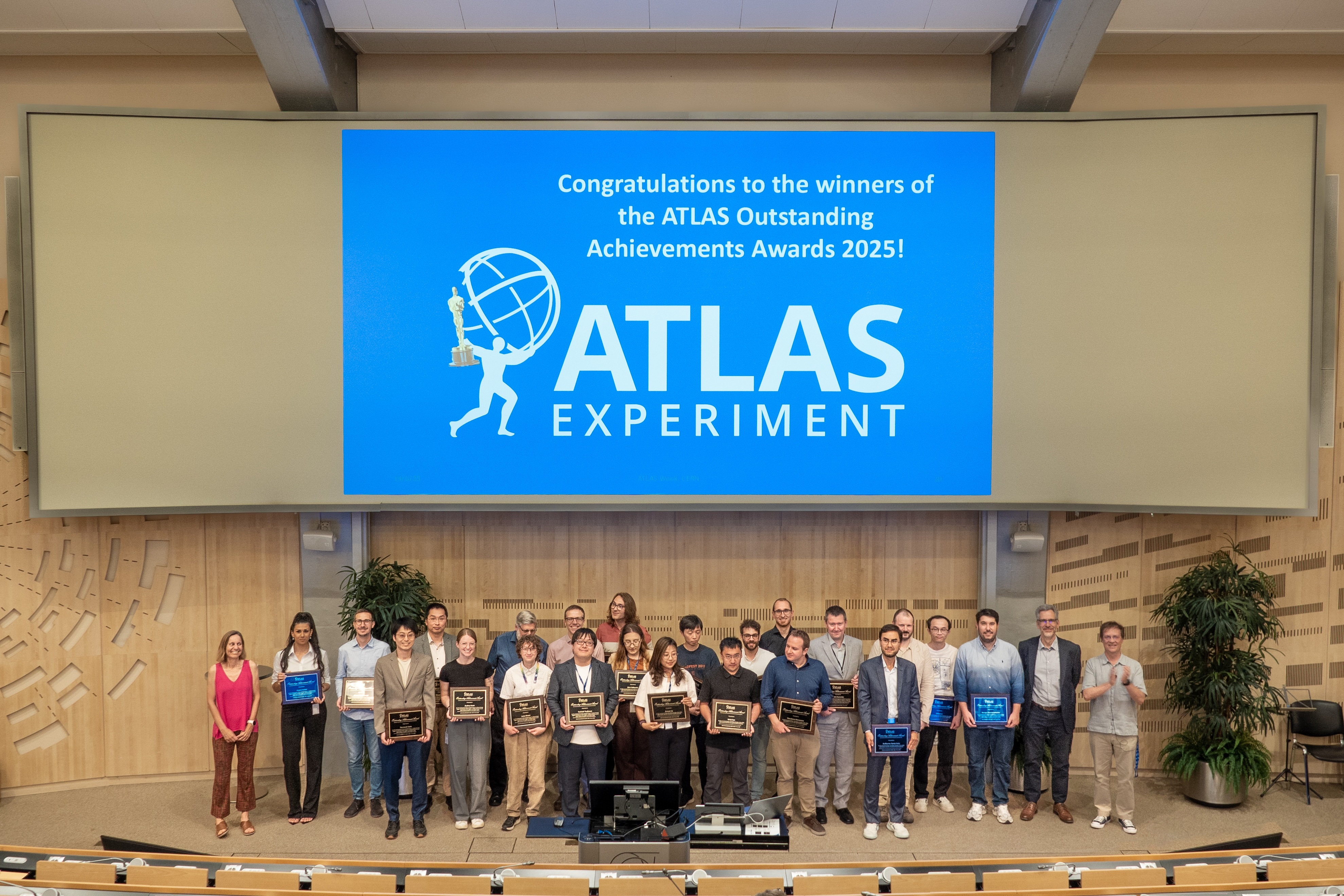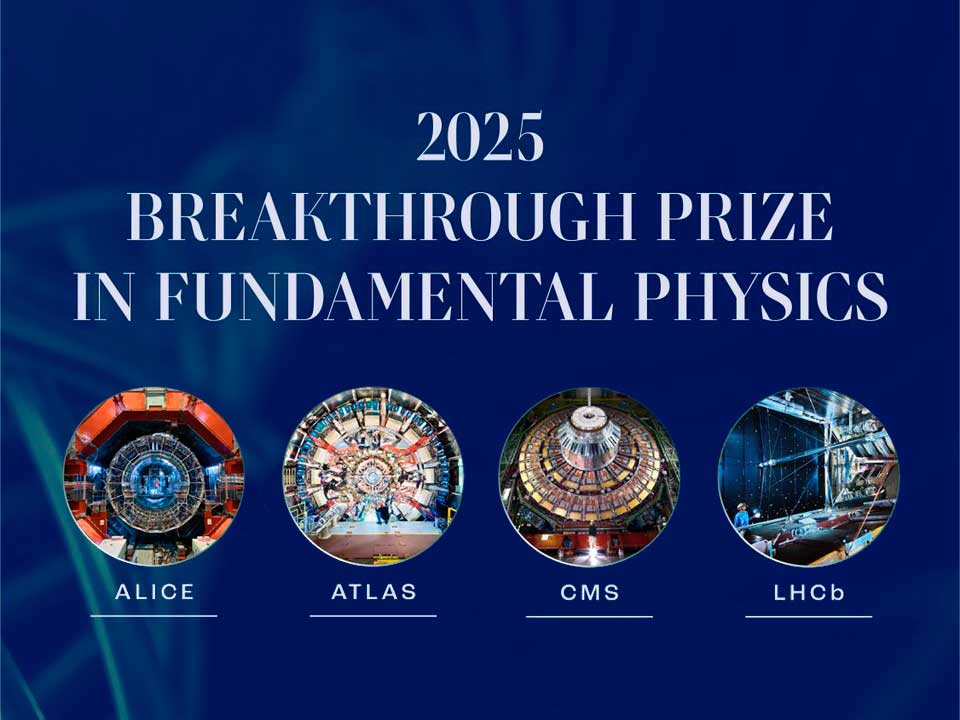In conversation with Martine Bosman, a pioneer of ATLAS hadronic calorimetry
26 November 2018 | By

A long-standing member of the ATLAS Collaboration, Martine Bosman is one of the pioneers behind the Tile Calorimeter. Over her long career with the Collaboration, she has held several key roles: from convenor of the Radiation Task Force and the Top Quark Group to Collaboration Board Chair. In this profile piece, Martine shares experiences and reflects on how the ATLAS Collaboration has grown and changed.
I joined ATLAS in 1993, shortly after moving to the Institute of High Energy Physics (IFAE) in Barcelona, Spain, where I still work today. At the time, the ATLAS Collaboration was still in the R&D phase. Several different proposals were being put forward for different sub-detectors and groups around the world were striving to prove that theirs was the best.
My group, led by Matteo Cavalli-Sforza, was working in calorimetry, in which I had no previous experience. My focus before had been in silicon vertex detectors and heavy flavour physics. It was a big change but, fortunately, I joined a very friendly team working in ATLAS right as the experiment was getting started!
Our goal was to build a sub-detector that could measure particle “jets” with the best possible resolution. These jets of particles would be created in abundance in LHC collisions. Our group was first part of the RD3 Collaboration, developing a calorimeter that used liquid argon, but soon joined the RD34 Collaboration where we could make a bigger impact.
The RD34 Collaboration proposed a design that used scintillating tiles oriented perpendicular to the beam, which was a new concept. At the time, we were competing with other R&D collaborations and, indeed, the hadronic barrel calorimeter could have been made with liquid argon technology like the rest of ATLAS’ calorimetry. We not only had to prove that our design could work, but also that it could be built at reasonable cost.
In the end, RD34’s design was chosen by ATLAS, as we were able to show that scintillator iron slices performed well, were easy to build and were the least expensive option. The RD34 design – now simply known as the ATLAS Tile Calorimeter – covers the most central region of the ATLAS experiment. It is composed of three large cylinders of 64 modules, each constructed of iron plates and plastic scintillator tiles oriented perpendicular to the beam.

Once the concept was approved, the next important step was to test our prototype detectors with beams. Our detector design was new and so there were still a number of open questions about how it would perform. For example, the placement of the scintillator tiles perpendicular to the beam meant that showers of particles could travel along the tiles. How would this affect the resolution? There were many parameters to adjust – such as the thickness of the scintillators and the iron plates, and the size of the cells – and we needed to verify the uniformity and stability of response.
We used beams in CERN’s North Area to demonstrate the Tile Calorimeter’s performance. It was a great place to work; RD34 was a very friendly collaboration and we had great picnics outside the experimental area.
When the ATLAS Collaboration started writing the sub-system Technical Design Reports (TDRs), I was one of the editors for calorimetry and jet response in the Detector and Physics Performance TDR. These were very intense but interesting times. This was when ATLAS changed from the mode of working on individual systems to start thinking about global performance. It required quite a change of mind set for the entire collaboration.
The work brought with it a number of logistical complications, especially as I had two very small children. This was in the time before videoconferencing, so when there was an important meeting at CERN I had to travel. In the mid-nineties, our family had to spend three months a year there. Even internet access was an issue. I remember, when we had all the deadlines for the TDR, my husband stayed with the kids at night while I was going to IFAE in order to get a good internet connection to do work!
In the years between the TDR publication and first collisions, I took on a number of different roles within ATLAS. I was one of the people responsible for the “Event Filter” of the trigger system, and convened the Radiation Task Force and the Top Quark Group. While each role presented unique challenges, the work was done by relatively small teams strongly dedicated to that subject. I think this is characteristic of the ATLAS Collaboration.
When collisions began, I think there was a real phase transition in the way we worked and in the level of stress. Once data started coming, it seemed as though the work would never stop – there was always something vital that needed to be done. This is still the case today, even though we are many years past first collisions!
Dealing with such demanding work can be tough for collaboration members. I approach problems by first trying to be well informed. I review the existing material and studies, and listen to people's opinions and ideas. It’s important to try to get the full picture before forming an opinion, otherwise you may end up attacking a problem from a too narrow perspective.
In 2013, while I was Collaboration Board Chair, ATLAS management setup a task force to ensure that the voices of our collaboration members are heard. Together with Howard Gordon and Beate Heinemann, we addressed the question of recognition of individual work in our big collaboration. Various measures were proposed and implemented, one of which was the establishment of the ATLAS Outstanding Achievement Awards. Today, there is still a lot of discussion inside the collaboration on how to deal with this complex problem, especially for young physicists. This is a process that continues and young people are taking a lot of initiatives. That is great.
All in all, being a part of the ATLAS Collaboration has meant being part of a community of achievers. I had the chance to live through the Higgs boson discovery time and be present in the CERN auditorium when the discovery was announced – a great moment. I now look forward to seeing what the next page of ATLAS history brings to science.
ATLAS Portraits is a new series of interviews presenting collaborators whose contributions have helped shape the ATLAS experiment. Look forward to further ATLAS Portraits in the coming months



